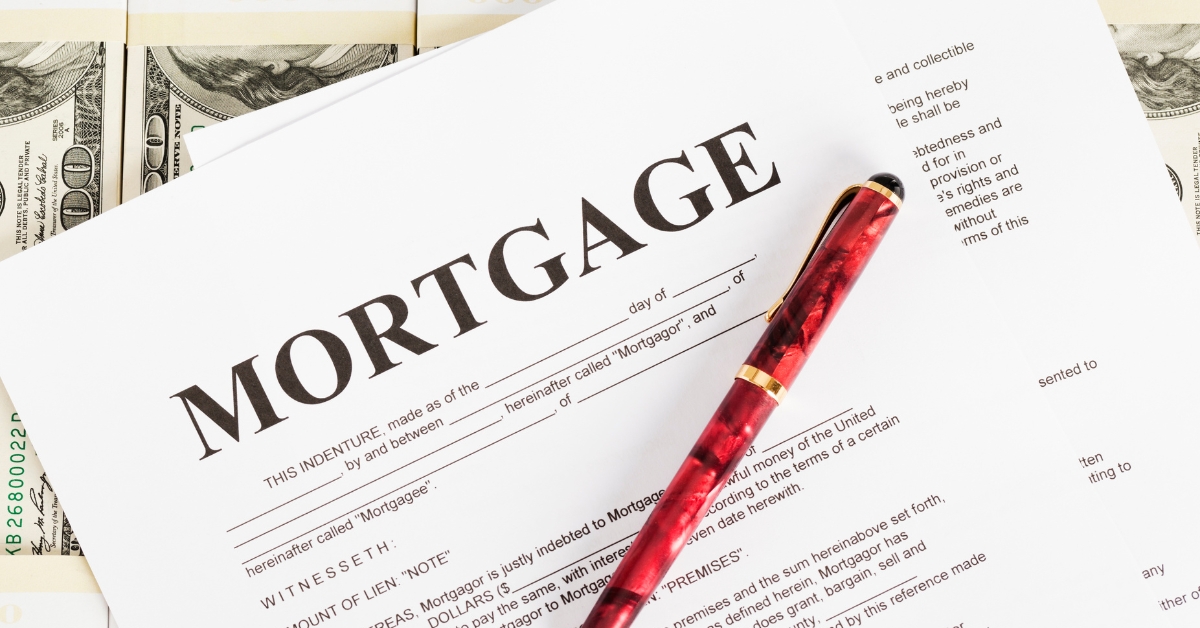When it comes to purchasing a home, most people require financial assistance in the form of a mortgage. A mortgage is a powerful financial tool that enables individuals to turn their dreams of homeownership into reality. However, for many, the intricacies of mortgages can be daunting. In this comprehensive article, we will delve into the fundamental aspects of mortgages, providing you with a solid understanding of this essential aspect of home financing.
- What is a Mortgage?
A mortgage is a type of loan used to finance the purchase of real estate, typically a residential property. It is secured by the property itself, which means that if the borrower fails to make the necessary payments, the lender has the right to take ownership of the property through foreclosure. Mortgages allow individuals to spread out the cost of a home purchase over an extended period, usually ranging from 15 to 30 years.
- How Does a Mortgage Work?
The mortgage process involves several key components:
a. Borrower and Lender: The borrower is an individual or entity seeking financial assistance to purchase a home. The lender can be a bank, credit union, or other financial institution that provides the funds for the mortgage.
b. Principal: The principal is the initial amount borrowed by the borrower to purchase the property. It represents the total value of the home, minus any down payment.
c. Interest: Interest is the additional cost charged by the lender for borrowing the principal amount. It is calculated as a percentage of the outstanding balance and represents the profit for the lender. The interest rate can be fixed (remains constant throughout the loan term) or adjustable (changes over time based on market conditions).
d. Repayment Term: The repayment term is the duration of the mortgage, typically ranging from 15 to 30 years. During this period, the borrower makes monthly payments to gradually repay the principal and interest.
e. Down Payment: The down payment is a percentage of the home’s purchase price that the borrower pays upfront. It is not covered by the mortgage loan and reduces the principal amount borrowed. A higher down payment often leads to lower interest rates and may eliminate the need for private mortgage insurance (PMI).
f. Collateral: The property being purchased serves as collateral for the mortgage. If the borrower defaults on payments, the lender has the right to seize the property through foreclosure.
- Types of Mortgages:
a. Conventional Mortgage: This is the most common type of mortgage, typically requiring a down payment of 20% or more. Conventional mortgages conform to the guidelines set by government-sponsored enterprises like Fannie Mae and Freddie Mac.
b. FHA Loan: Insured by the Federal Housing Administration, FHA loans are popular among first-time homebuyers and require a lower down payment (often as low as 3.5%). These loans have more lenient credit and income requirements but may necessitate mortgage insurance.
c. VA Loan: Available to eligible veterans, active-duty service members, and their spouses, VA loans offer favorable terms and require no down payment. They are guaranteed by the Department of Veterans Affairs.
d. USDA Loan: Backed by the U.S. Department of Agriculture, USDA loans are designed to promote rural development. They offer low-interest rates and require no down payment for eligible borrowers.
- Mortgage Process:
a. Pre-approval: Before starting the home search, prospective buyers can obtain a mortgage pre-approval from a lender. This involves submitting financial information for evaluation, including income, assets, credit score, and debt. Pre-approval provides an estimate of the loan amount for which the borrower qualifies.
b. Loan Application: Once a suitable property is found, the borrower submits a formal loan application. This involves providing detailed financial information and documentation to the lender.
c. Loan Processing and Underwriting: The lender evaluates the application, verifying the borrower’s information and assessing creditworthiness. This includes reviewing the borrower’s credit history, income, employment, and other relevant factors.
d. Closing: If the loan is approved, the closing process takes place. The borrower and seller sign the necessary documents, and the borrower pays closing costs, including fees for the lender, title insurance, and attorney.
e. Repayment: After closing, the borrower begins making monthly mortgage payments, typically consisting of principal, interest, taxes, and insurance (often referred to as PITI). These payments continue until the mortgage is fully repaid or refinanced.
Conclusion:
A mortgage is an essential financial tool that enables individuals to fulfill their homeownership aspirations. Understanding the various components and processes involved in mortgages is crucial for making informed decisions. By grasping the fundamental concepts of mortgages, potential homebuyers can navigate the complex world of home financing with confidence, securing a loan that aligns with their financial goals and ultimately realizing their dream of owning a home.







